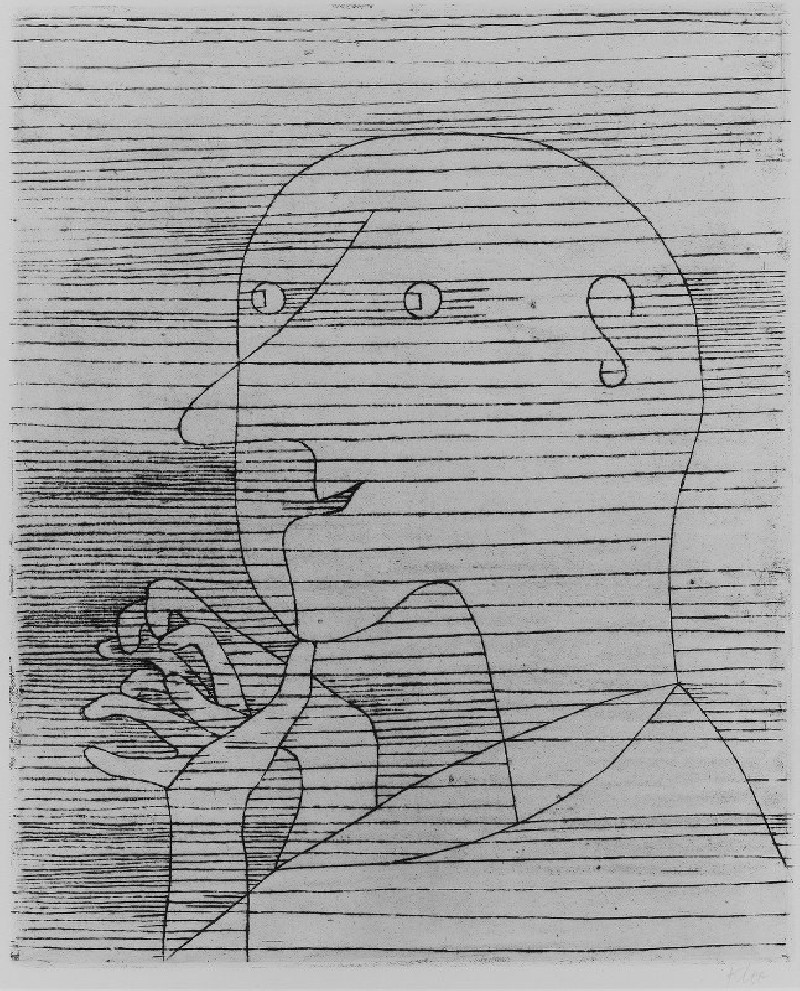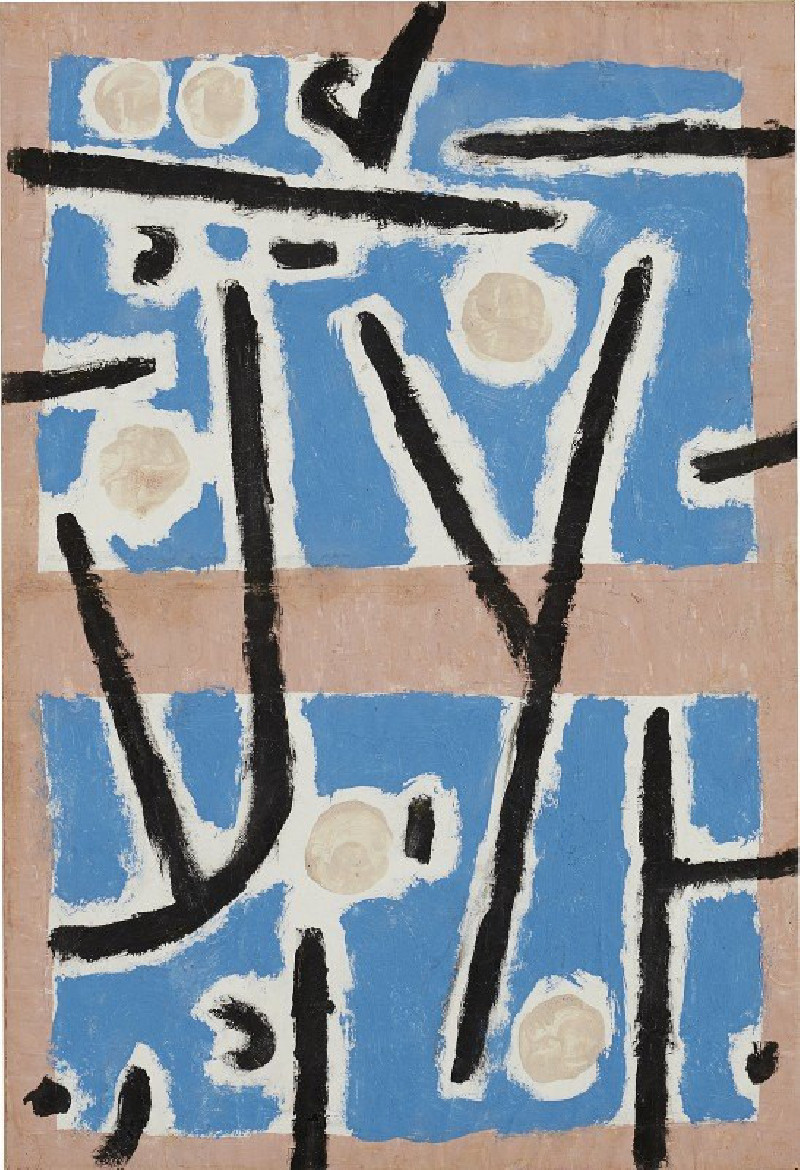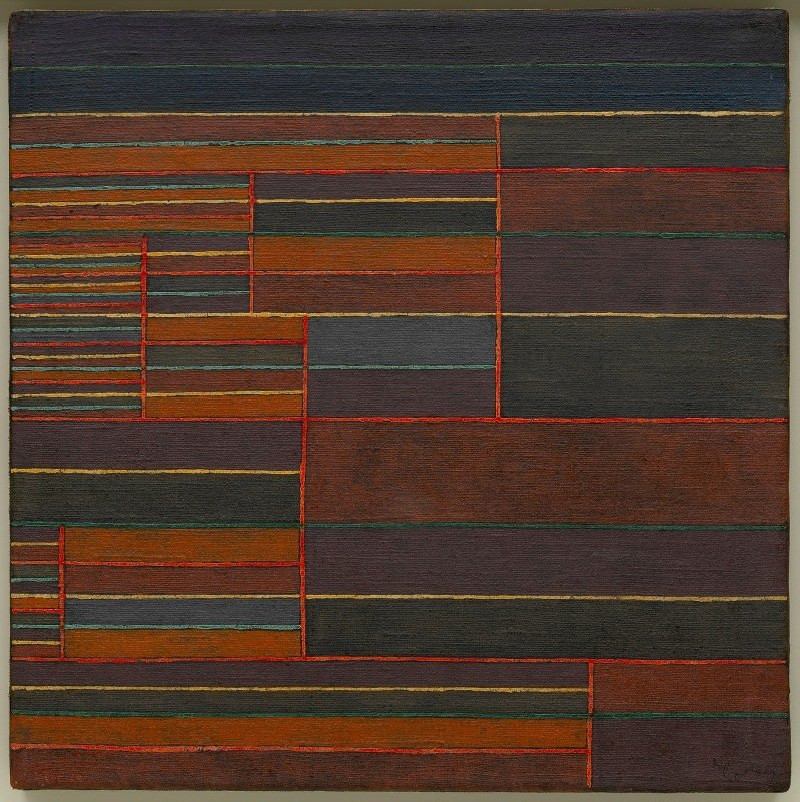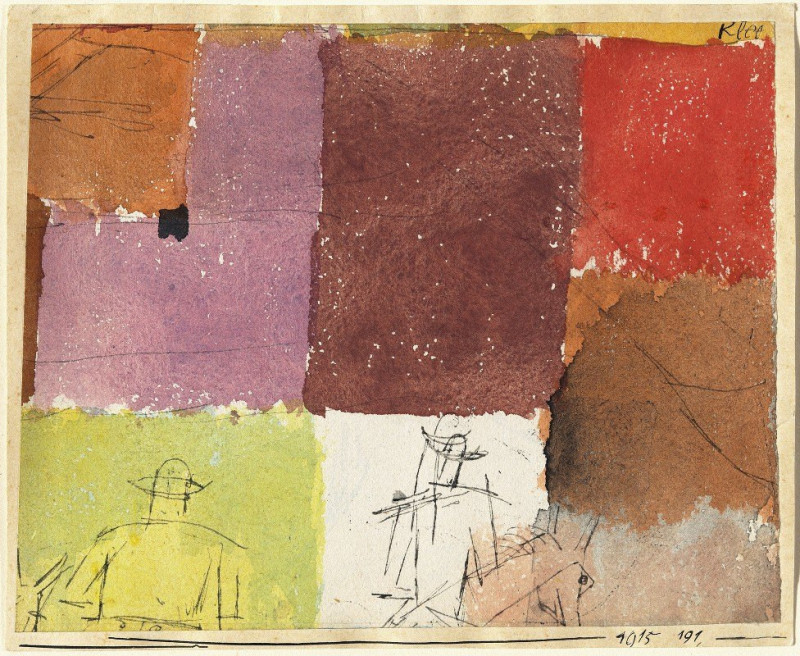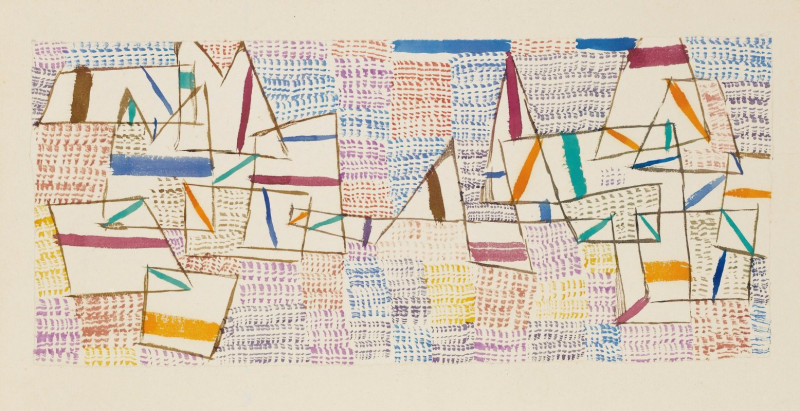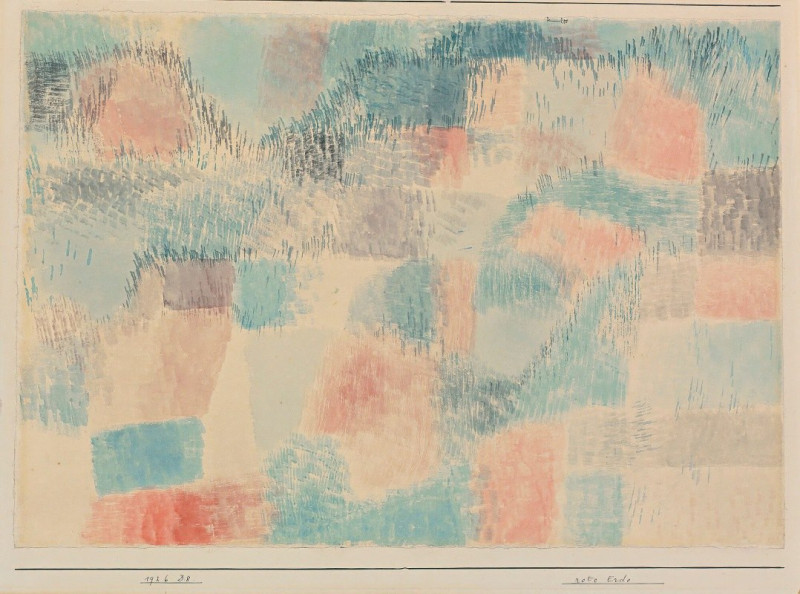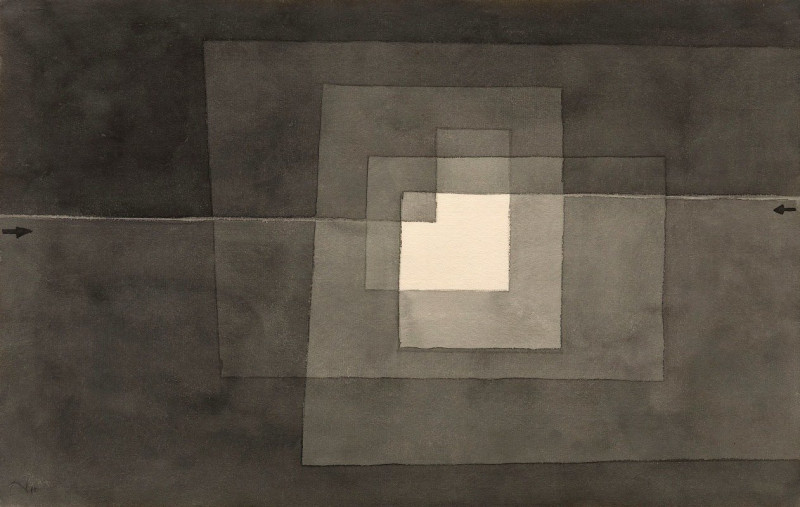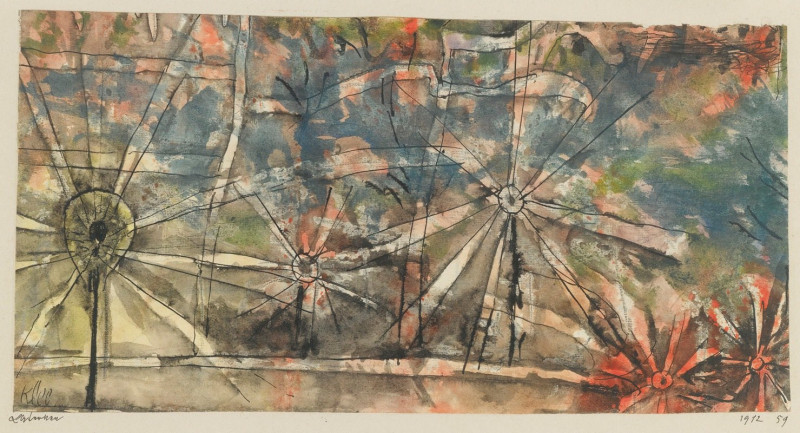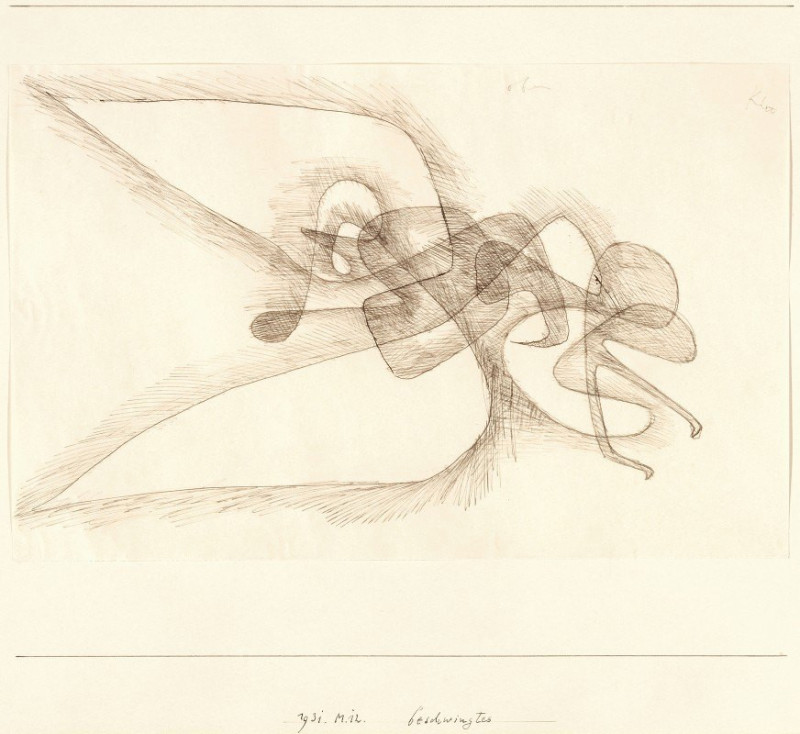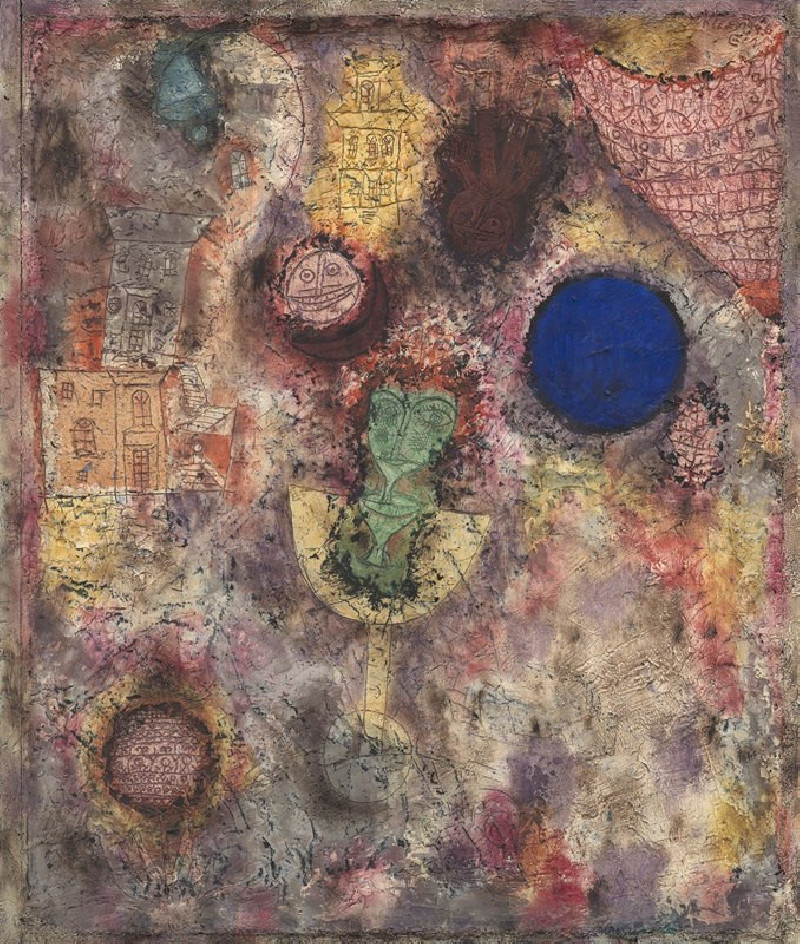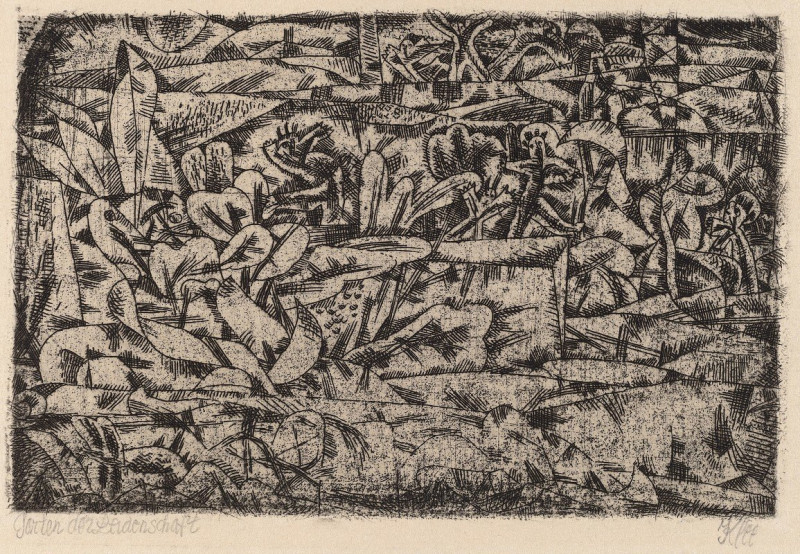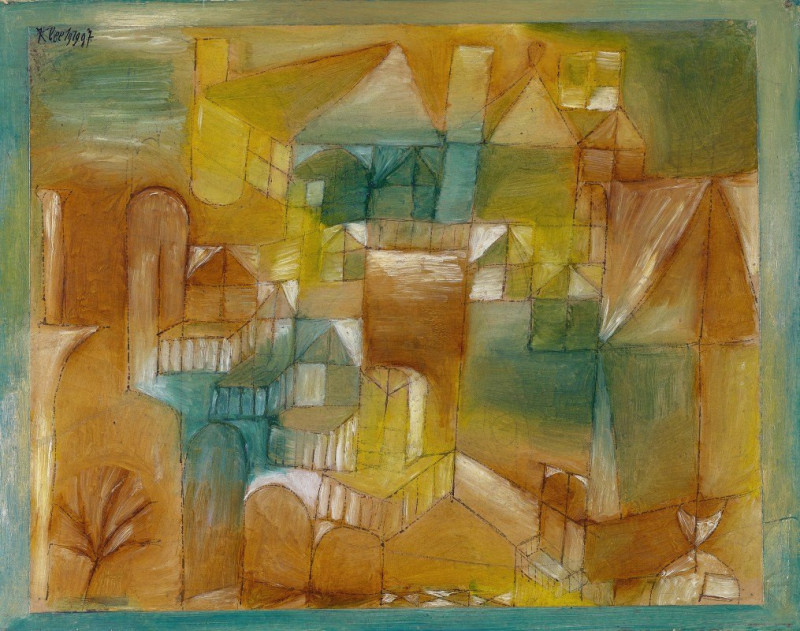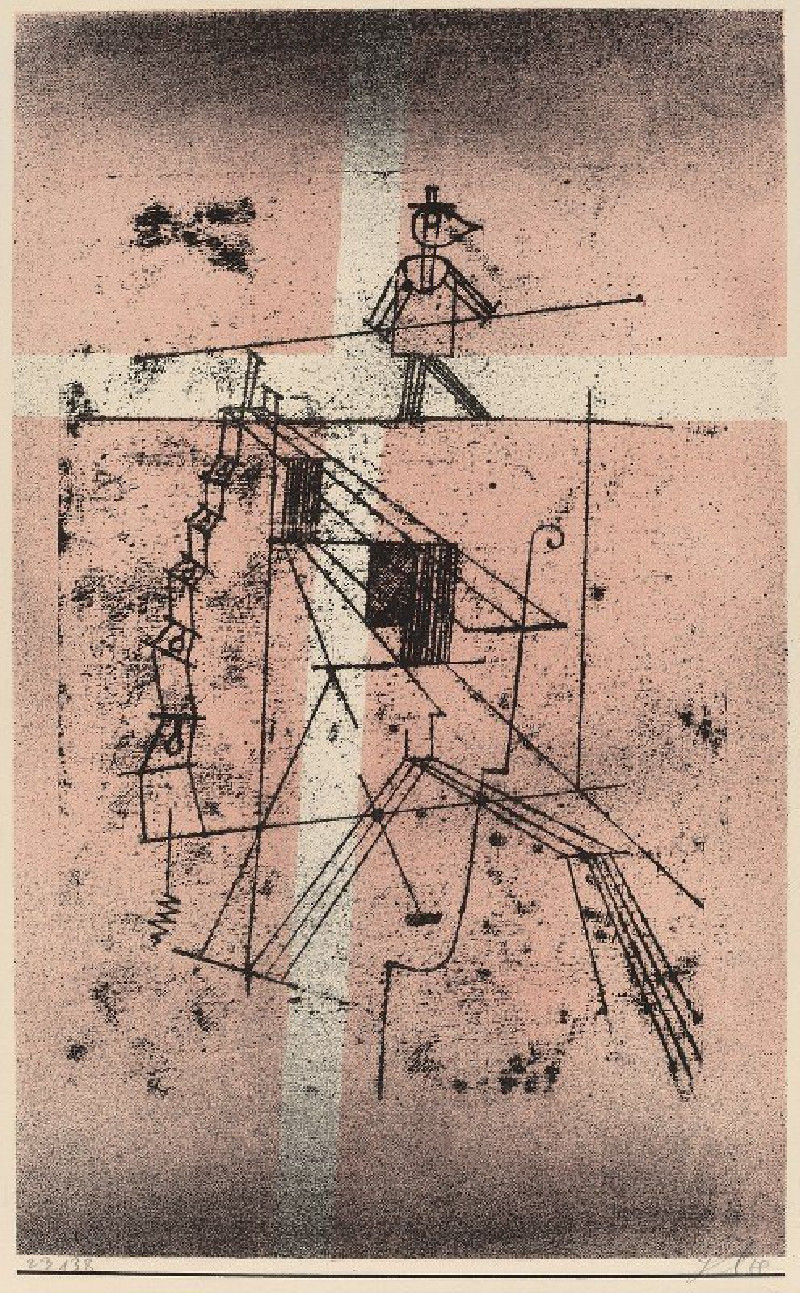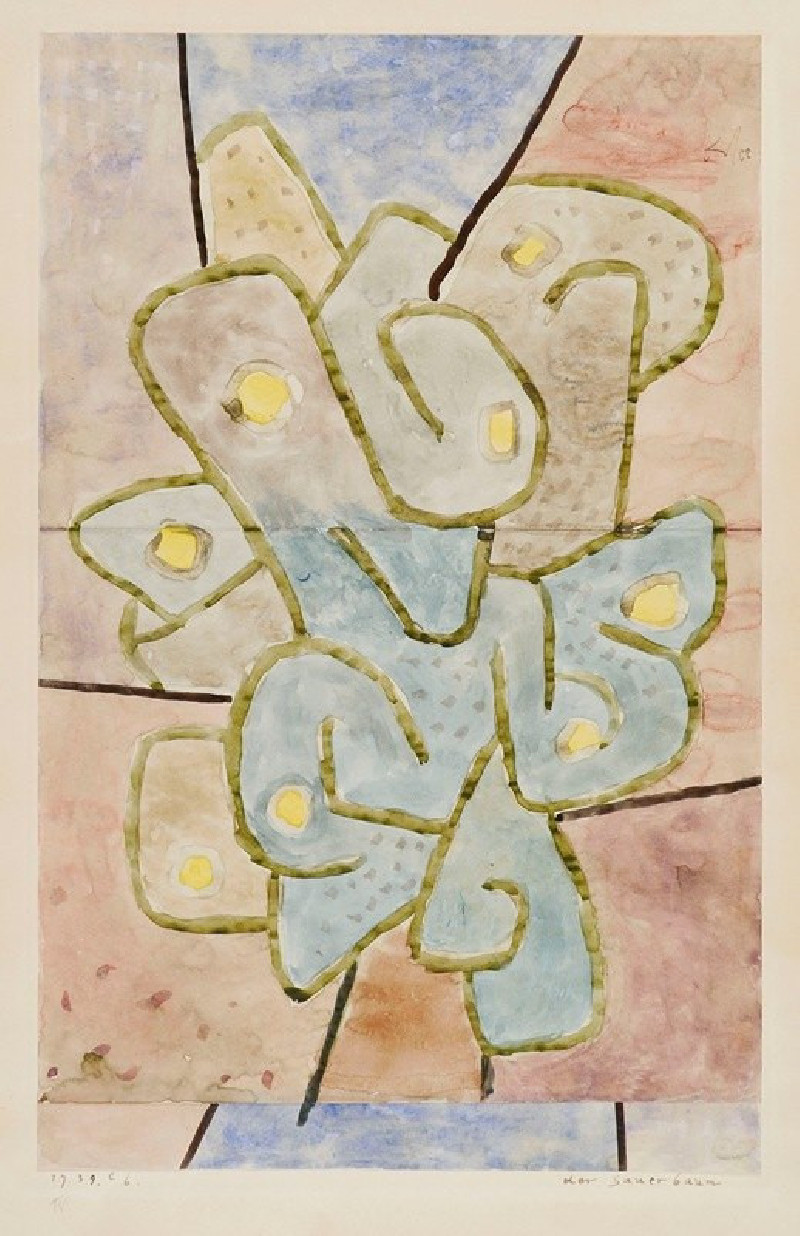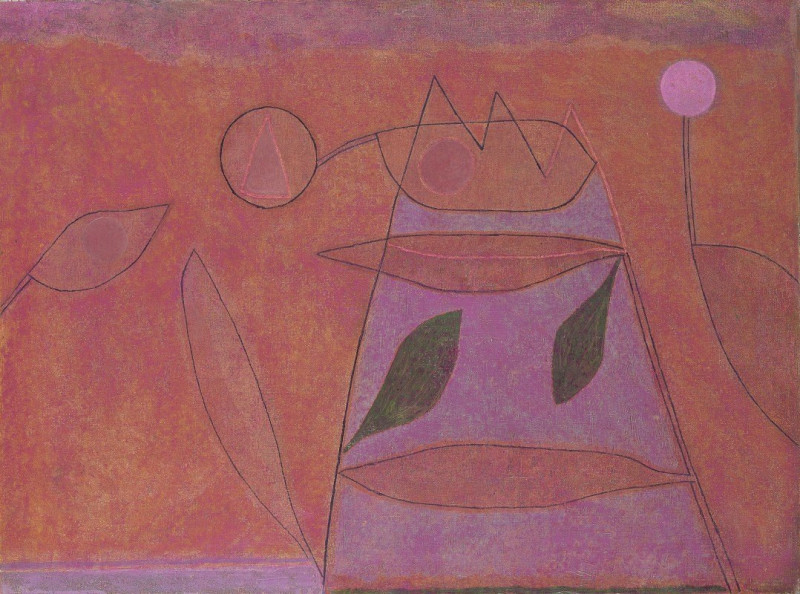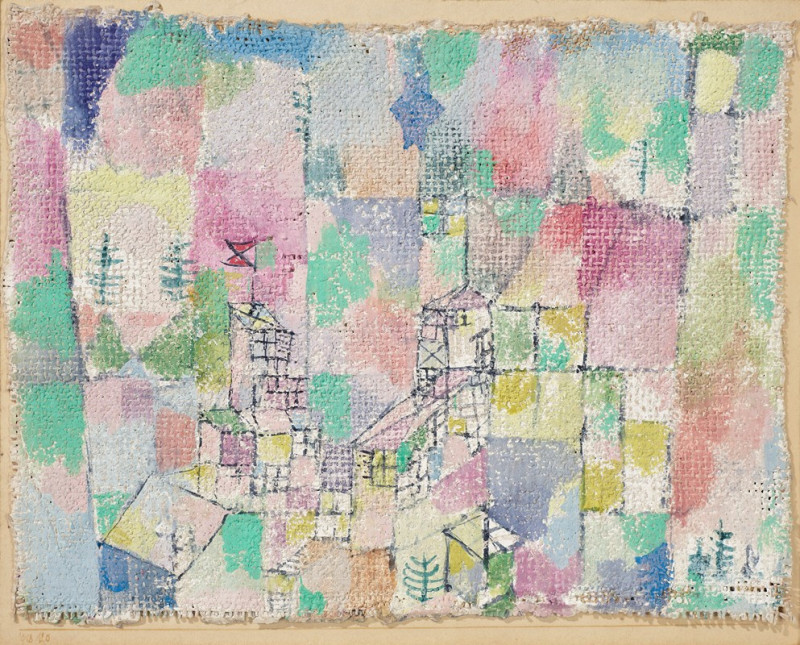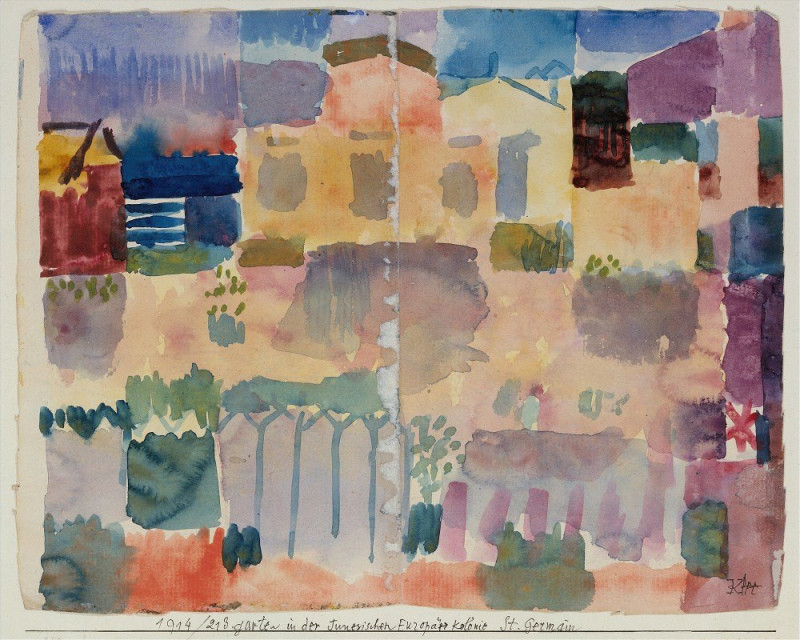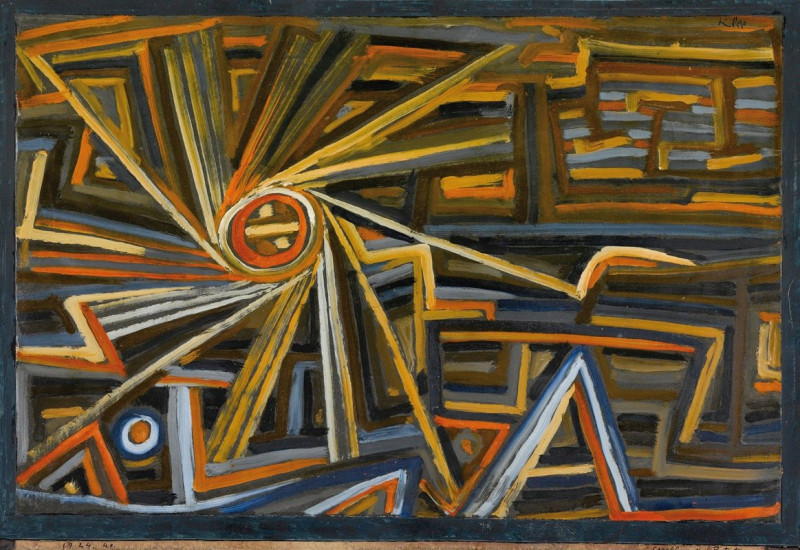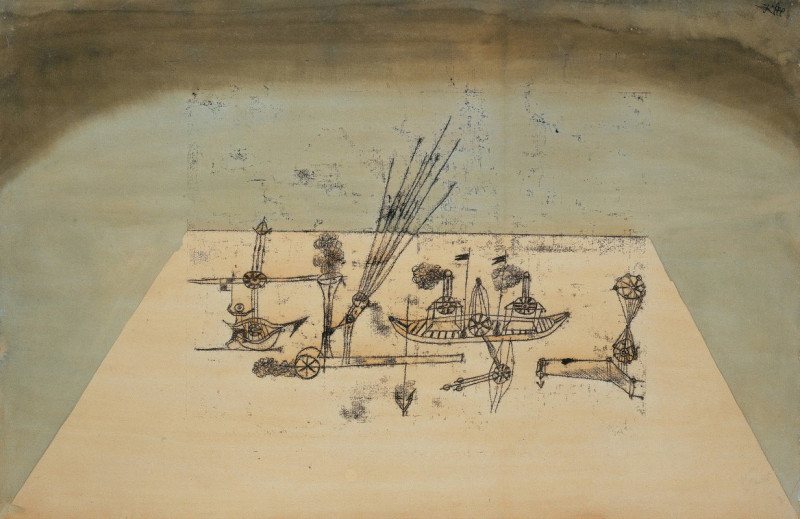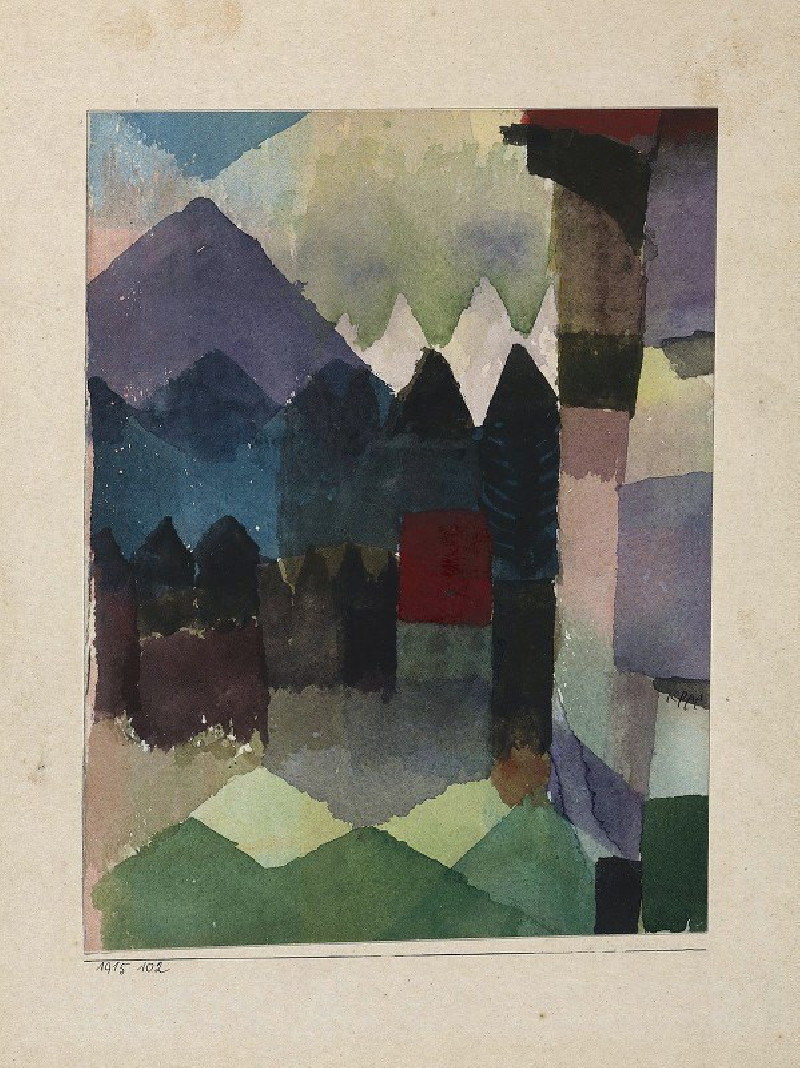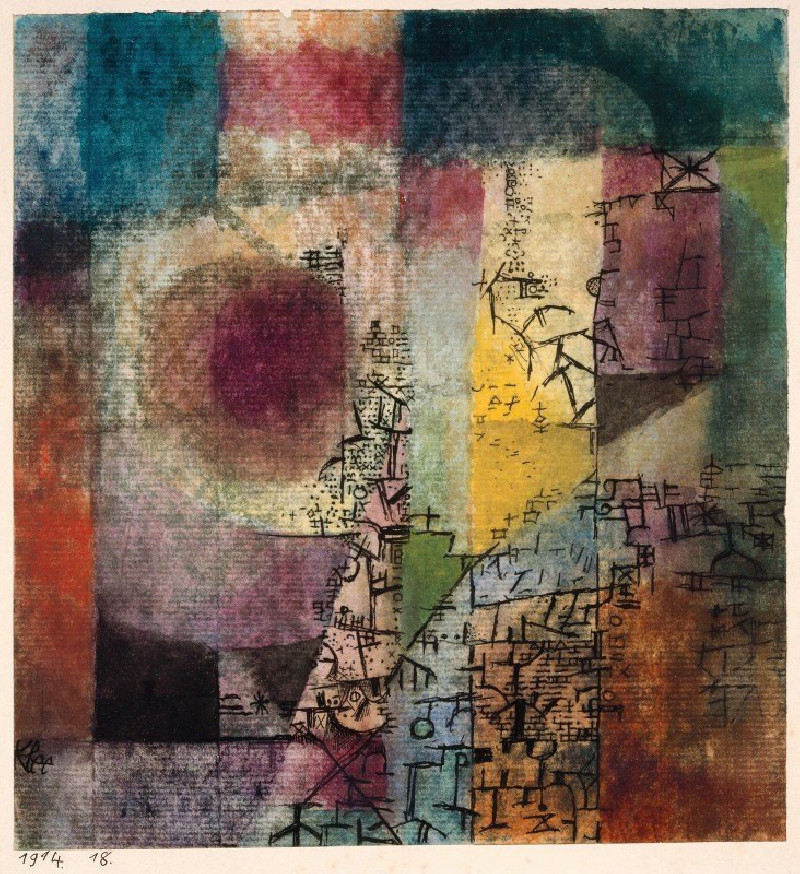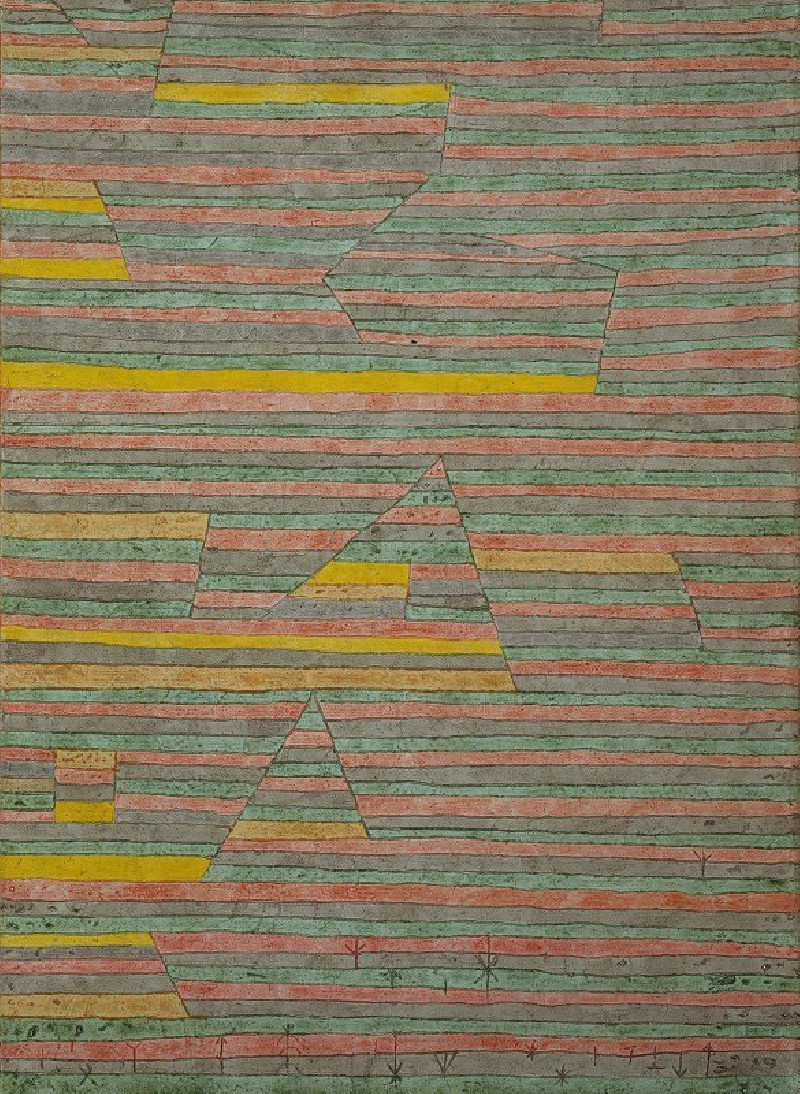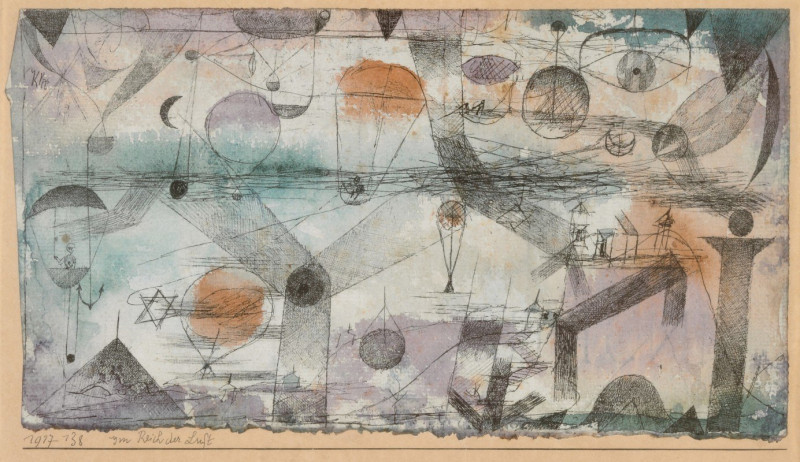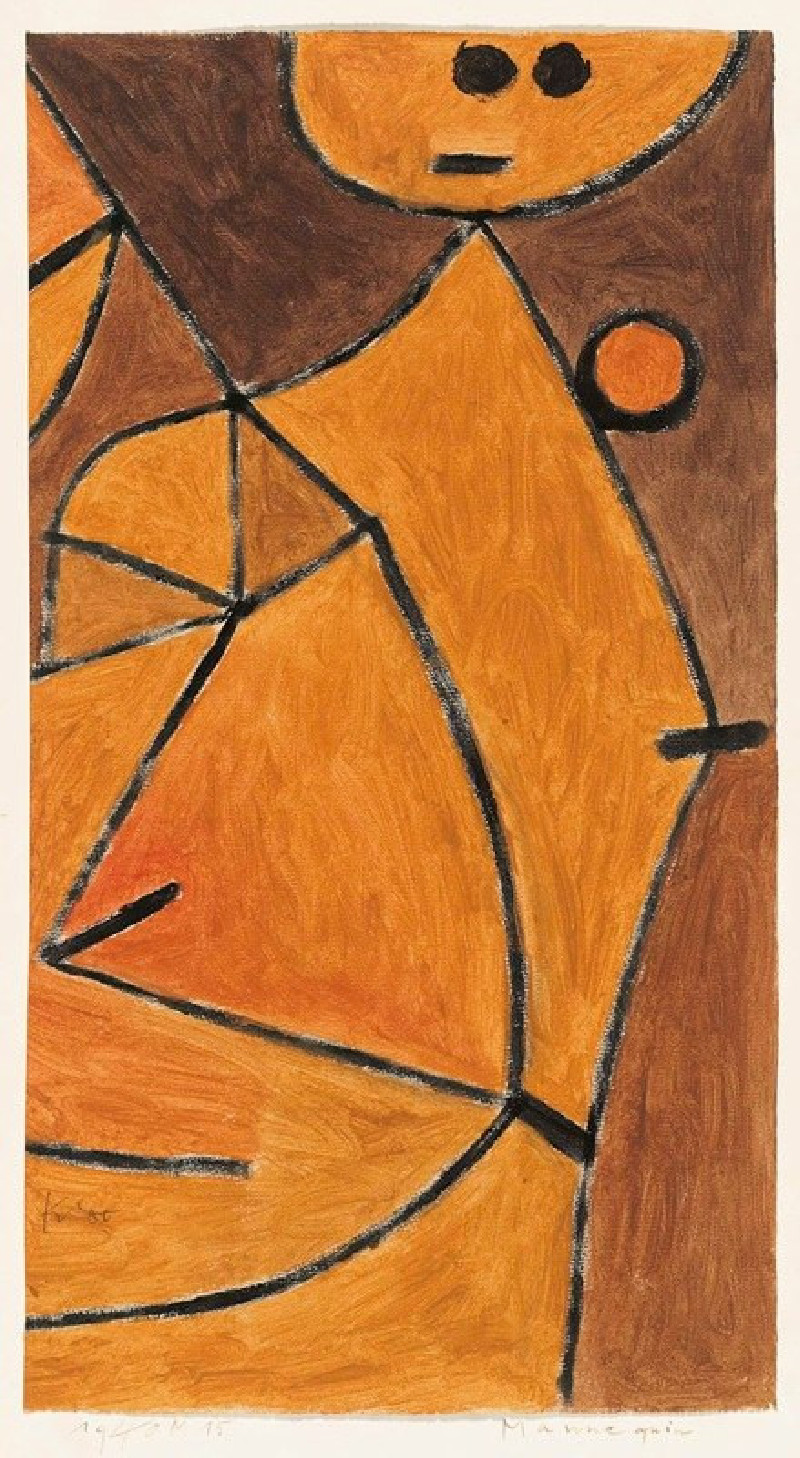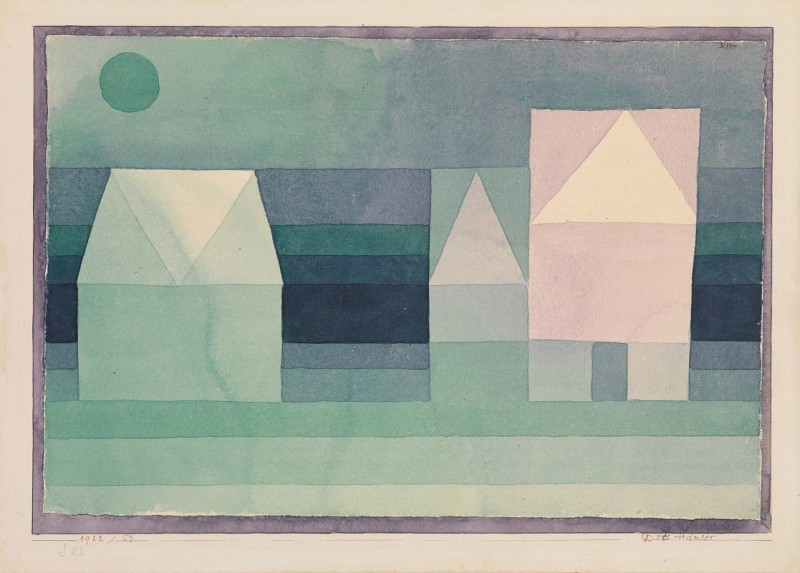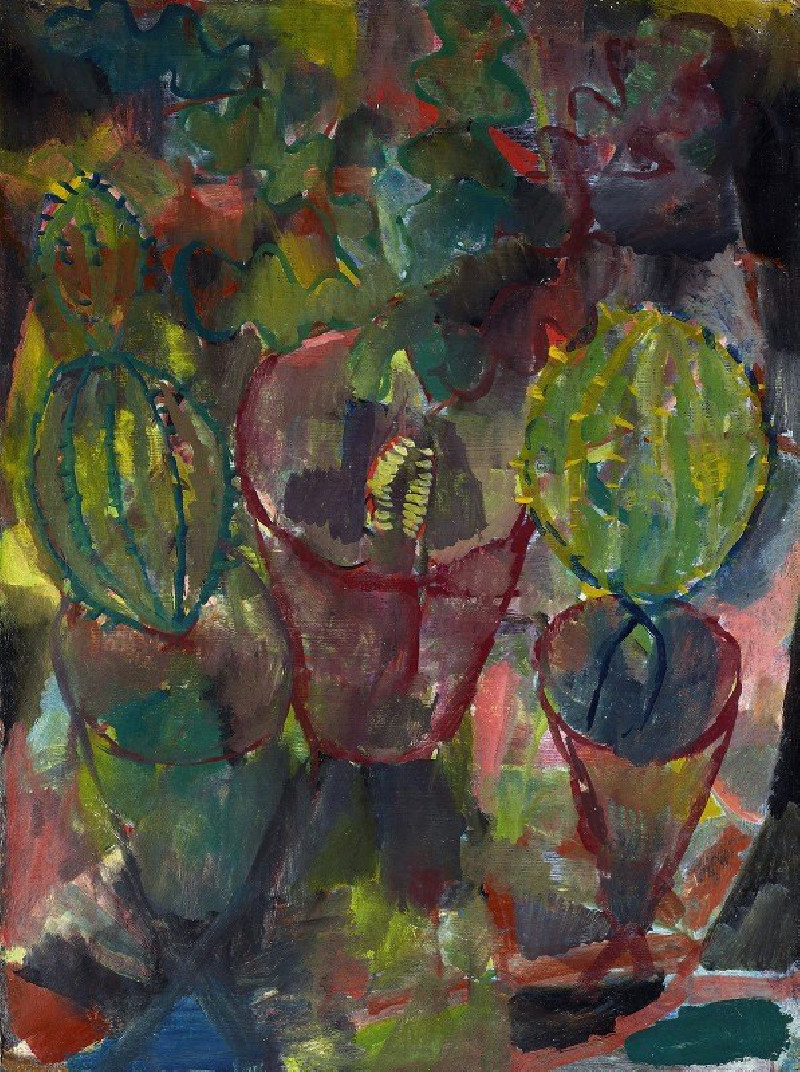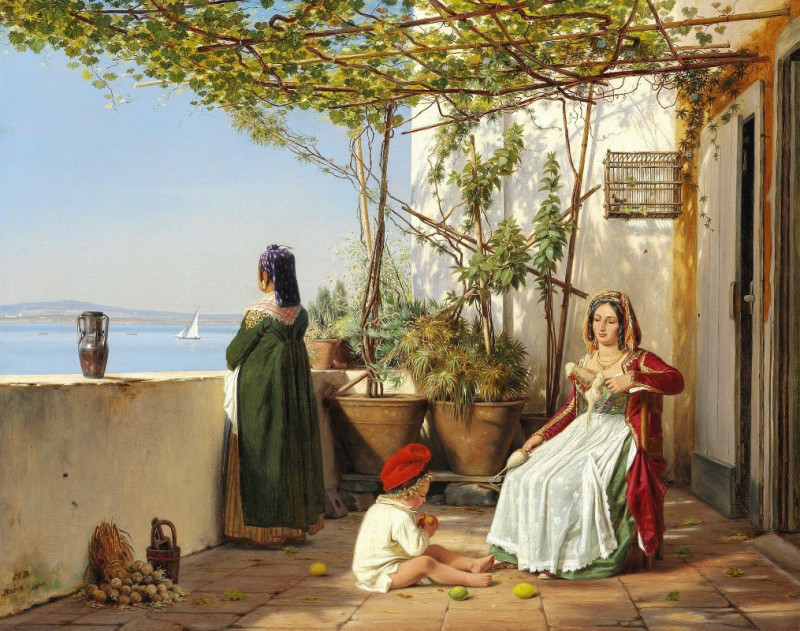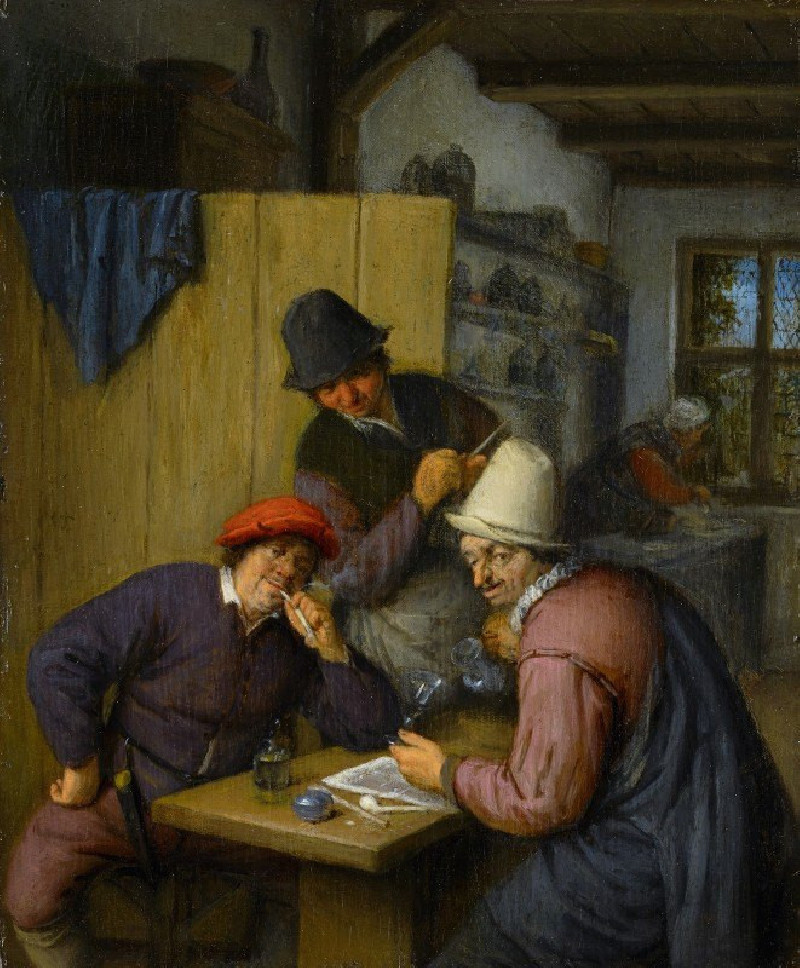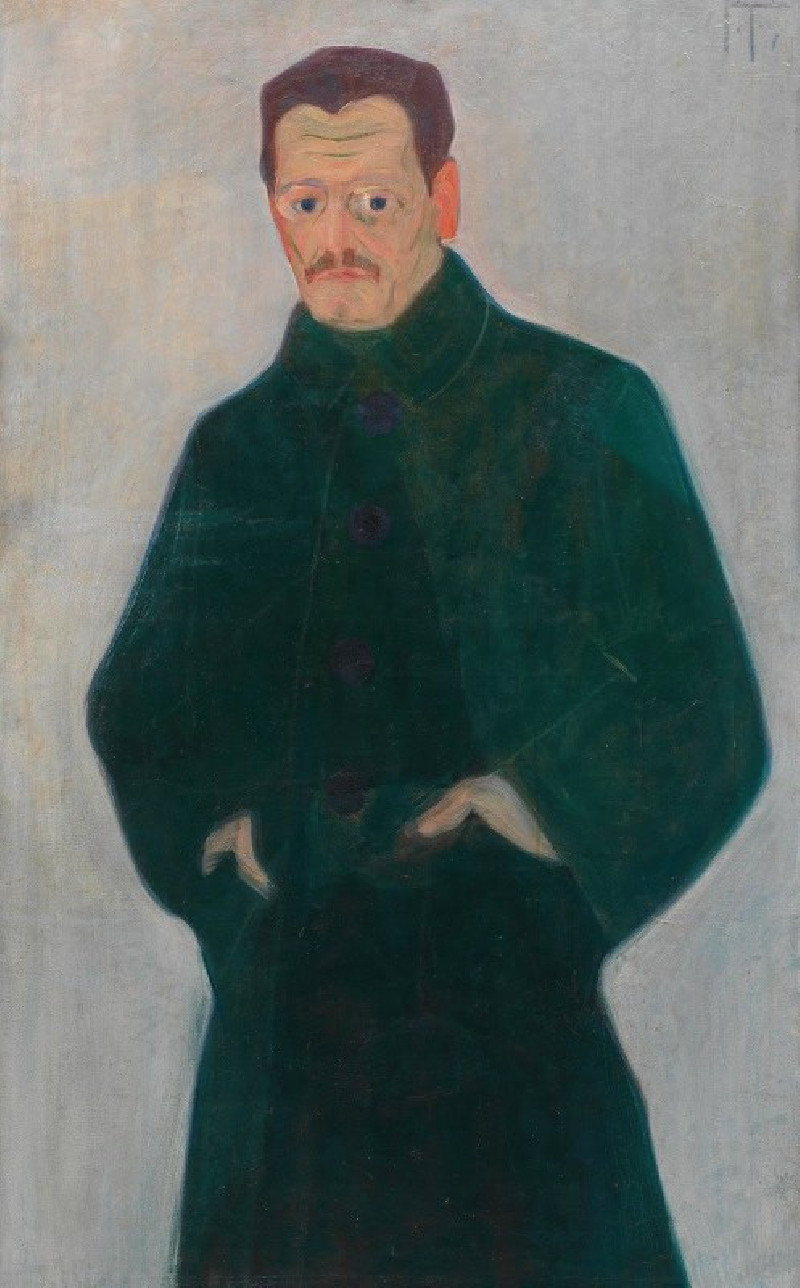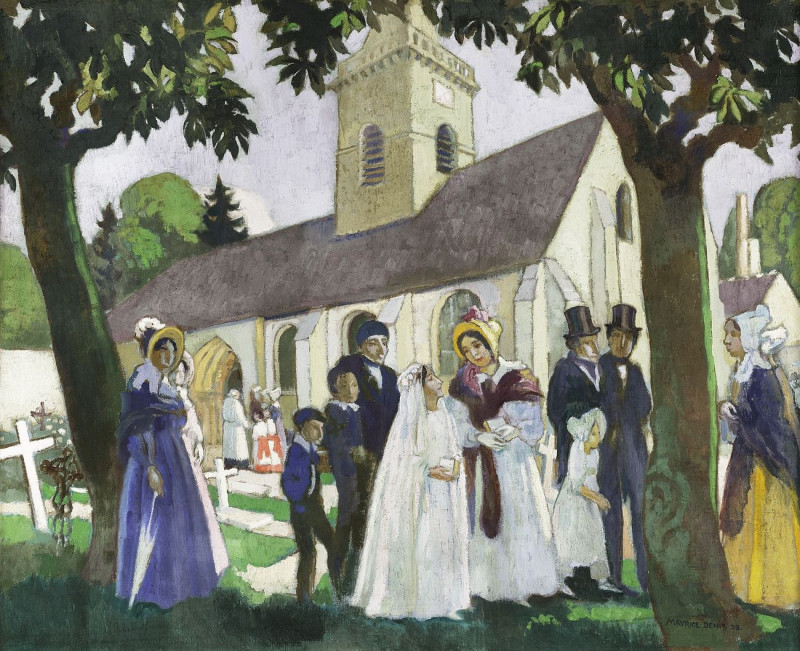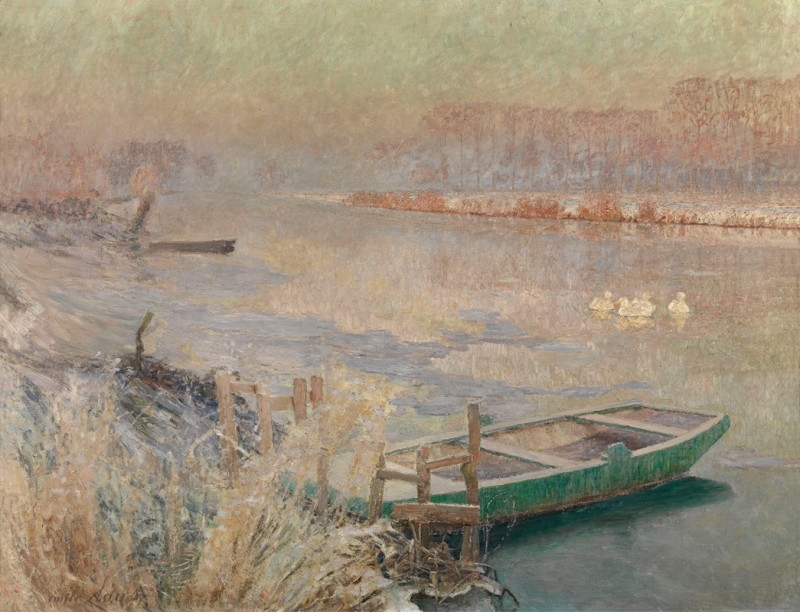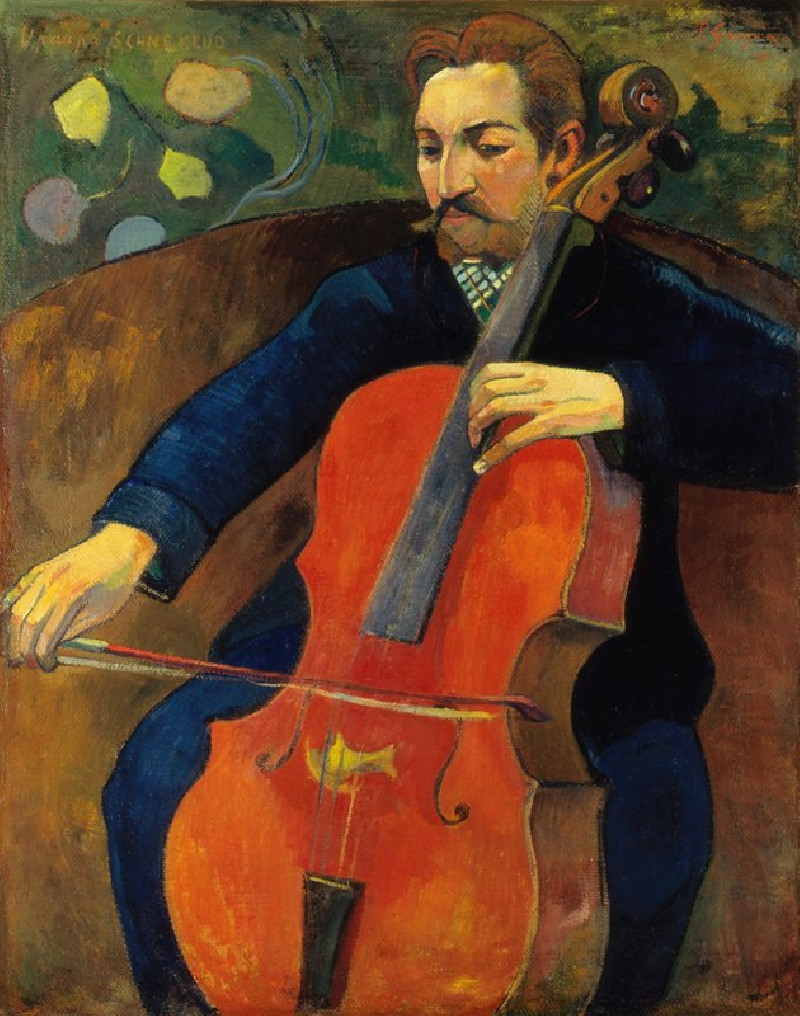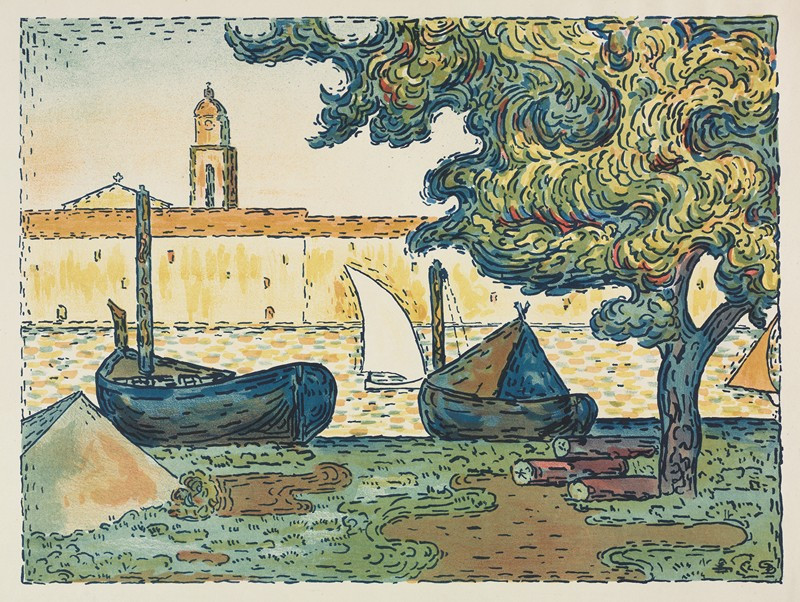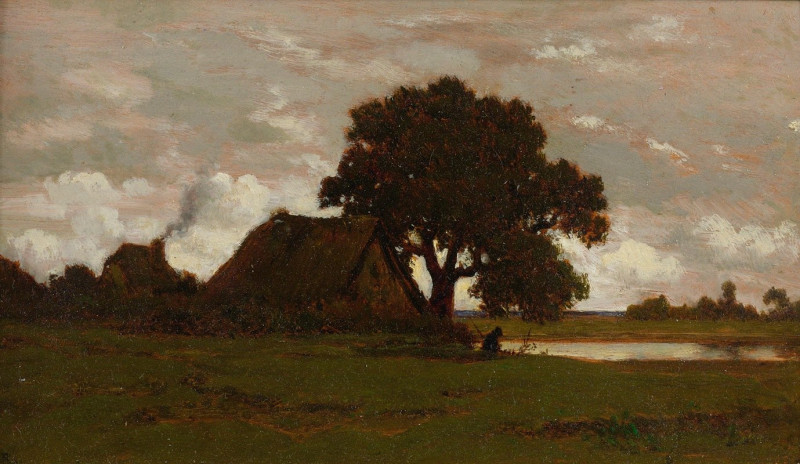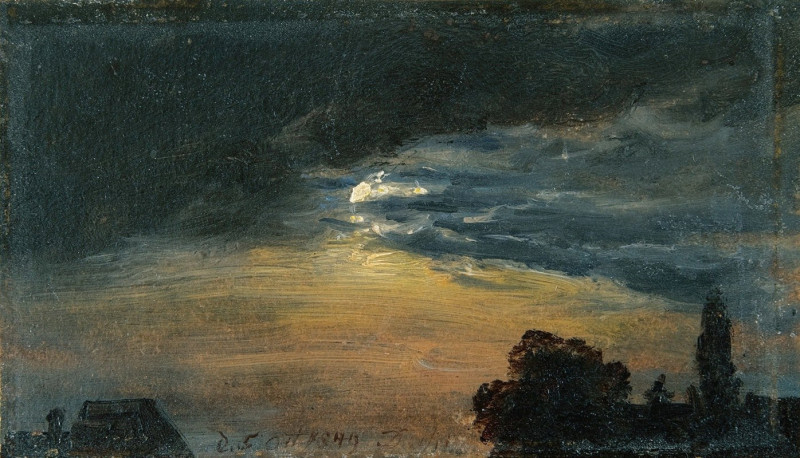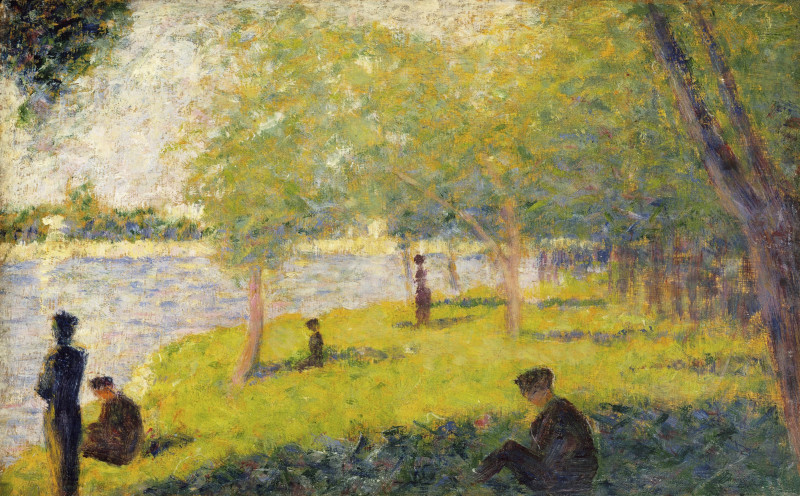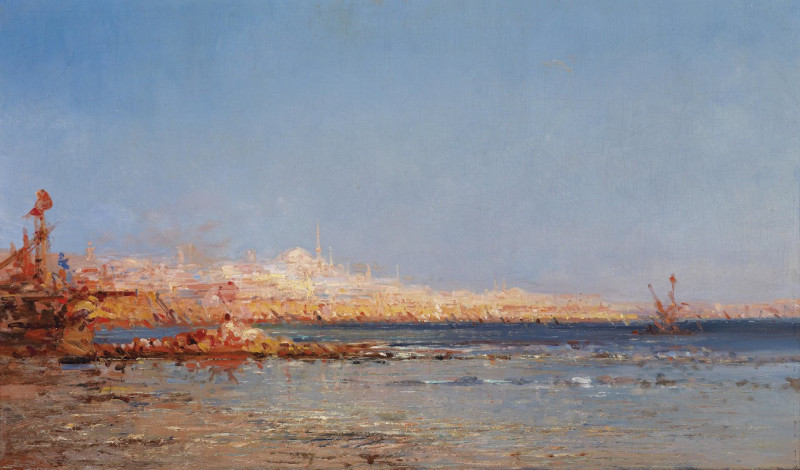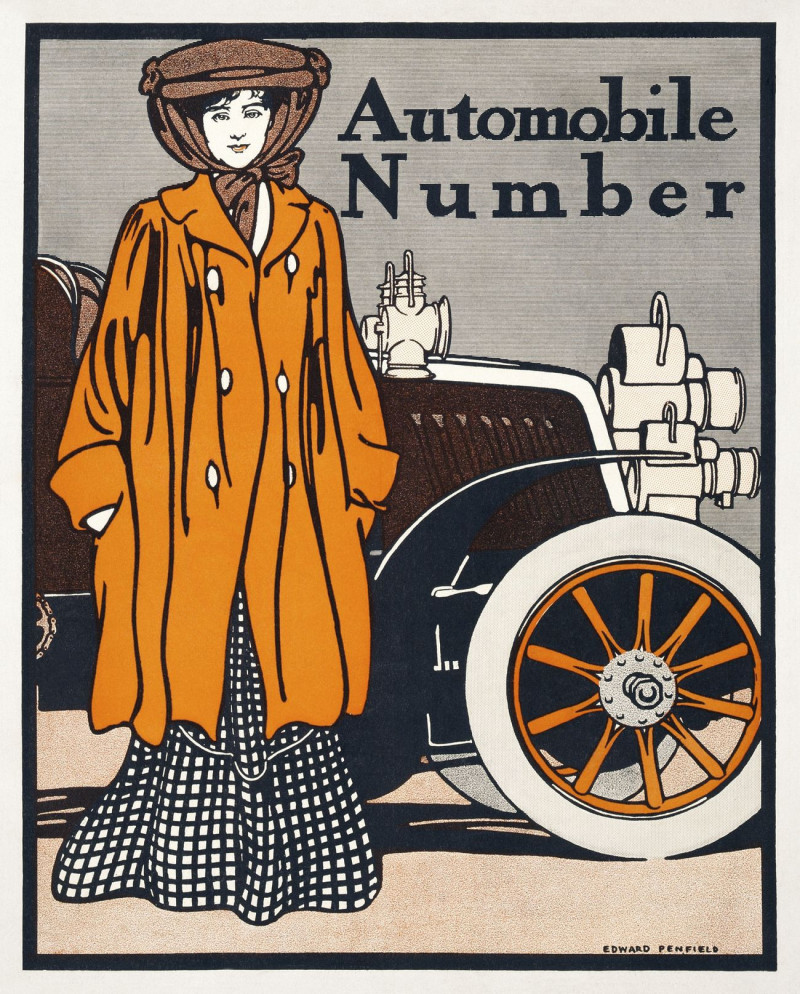Old Man Counting (1929)
Technique: Giclée quality print
Recommended by our customers
More about this artwork
Dive into the complex world of Paul Klee with his intriguing artwork titled "Old Man Counting," painted in 1929. In this black and white composition, Klee explores the contours and expressions of aging through abstract and geometric forms. The work depicts the profile of an elderly man, engaging in the act of counting on his fingers.The painting is crafted with a series of layered lines that create both depth and texture, suggesting the wrinkles and complexities of both the man's character and his thoughts. Despite its apparent simplicity, each line and shape is rendered with precision, revealing Klee's deep contemplation of form, time, and existence. His method of combining abstract simplicity with emotional expressivity invites viewers to ponder the universal themes of age, wisdom, and the mundane aspects of everyday life.Perfect for enthusiasts of Modern art and admirers of thought-provoking portraiture, "Old Man Counting" lingers in the mind as a poignant reflection on human fragility and the passage of time.
Delivery
Returns
Paul Klee was a Swiss-born German artist. His highly individual style was influenced by movements in art that included expressionism, cubism, and surrealism. Klee was a natural draftsman who experimented with and eventually deeply explored color theory, writing about it extensively; his lectures Writings on Form and Design Theory (Schriften zur Form und Gestaltungslehre), published in English as the Paul Klee Notebooks, are held to be as important for modern art as Leonardo da Vinci's A Treatise on Painting for the Renaissance.

